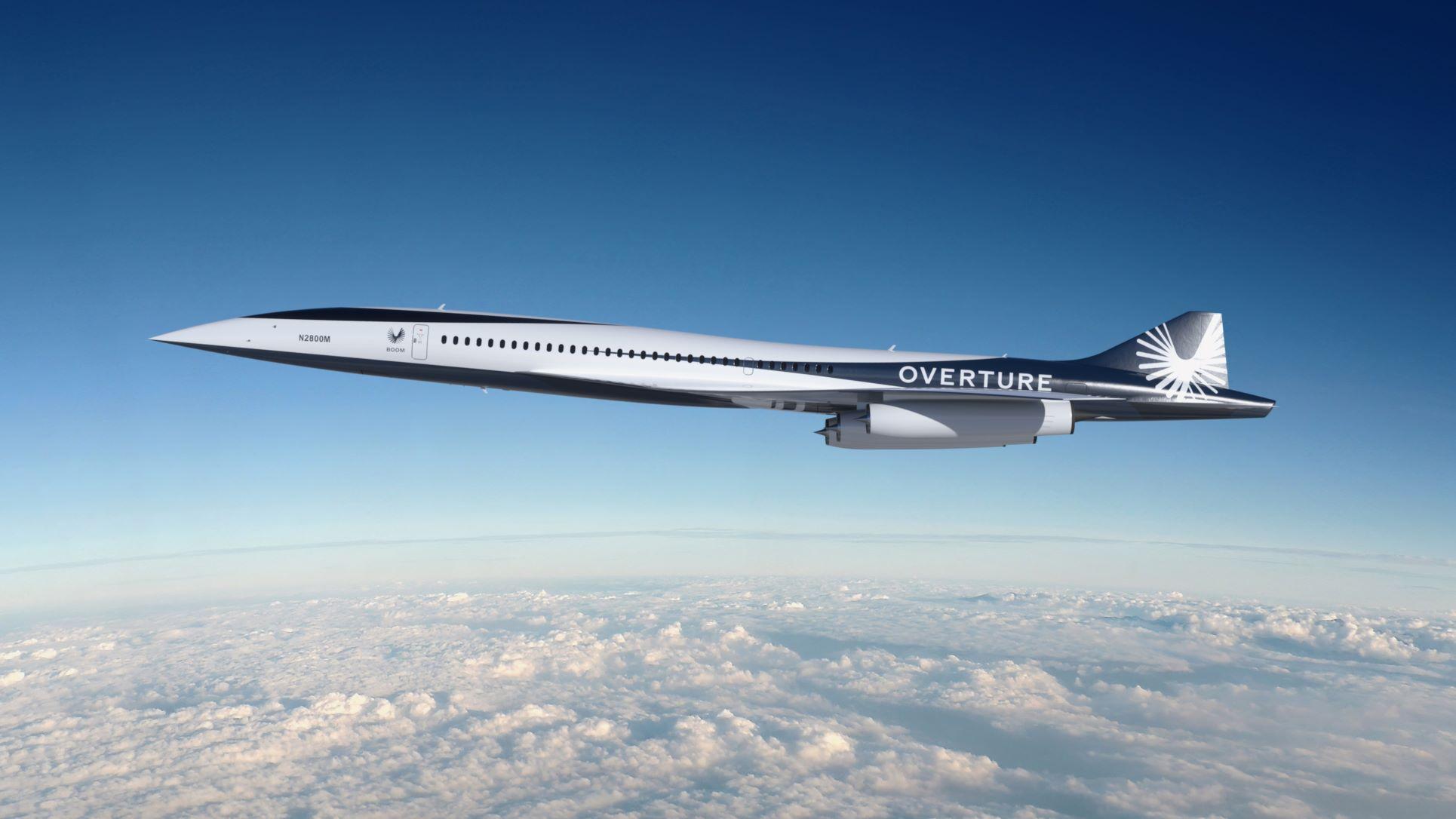
Credit: Boom Supersonic
COLORADO SPRINGS—American Airlines has announced plans to acquire up to 60 Boom Supersonic Overture airliners, overtaking United Airlines as the biggest customer yet for the in-development Mach 1.7 transport. The contract, which comes less than a month after Boom unveiled a significantly redesigned...
Subscription Required
This content requires a subscription to one of the Aviation Week Intelligence Network (AWIN) bundles.
Schedule a demo today to find out how you can access this content and similar content related to your area of the global aviation industry.
Already an AWIN subscriber? Login
Did you know? Aviation Week has won top honors multiple times in the Jesse H. Neal National Business Journalism Awards, the business-to-business media equivalent of the Pulitzer Prizes.



